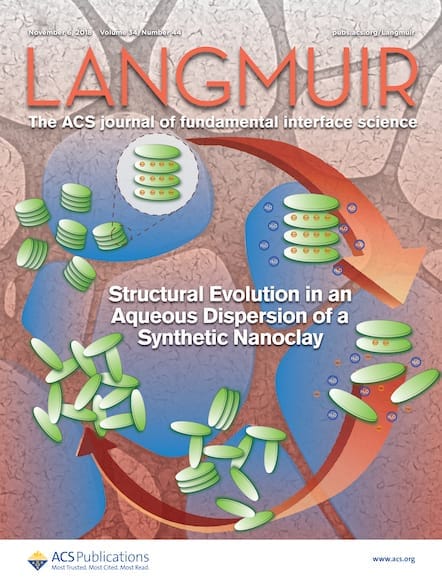ACS Publications has a long history of publishing and highlighting the best papers, manuscripts, and articles across the chemistry landscape. One of the recurring questions authors ask is “what makes a good theory and/or modeling paper?” Enter Langmuir editors Han Zuilhof, Shu-Hong Yu and David S. Sholl. To help ensure authors are writing and submitting focused […]

ACS Publications has a long history of publishing and highlighting the best papers, manuscripts, and articles across the chemistry landscape. One of the recurring questions authors ask is “what makes a good theory and/or modeling paper?”
Enter Langmuir editors Han Zuilhof, Shu-Hong Yu and David S. Sholl. To help ensure authors are writing and submitting focused manuscripts and to address, “issues that exist that are specific to considering work based on theory and modeling,” the team recently put together an editorial highlighting the “good, bad, and ugly” of writing theory and modeling papers.
The trio highlights five key areas that researchers/authors should consider:
Who is the Intended Audience?
Relative to any manuscript, authors should always identify their audience. Specific to theory and modeling, “a manuscript is defined … by the influence that the work will have on the experimental community.” Authors should also consider the purpose of the manuscript and whether or not it will inspire or guide future research or drive outcomes that other experimentalists will want to read and cite.
Approximations and Limitations
“One feature of an excellent modeling manuscript is that the approximation in each method are clearly stated and the resulting limitations in extending any conclusion to real materials are openly discussed.”
Insights Gained
“Excellent modeling papers … provide careful tests of specific hypothesis relevant to phenomena that can be directly tested in future experiments or point experimenters toward a path that will discover new materials or properties.”
Where Theory and Reality Meet
Before models can make predictions that drive future discovery, the model must be able to produce real-world outcomes. To achieve this, it is necessary to compare your modeling results with experimental results frequently for validation.
Making your work reproducible
One of the key elements to delivering a top-notch manuscript is ensuring your modeling and simulations are readily reproducible. Advances in technology have also played a role in this, as more research is conducted using software. In these instances, it is important to include the name and version of any software used during the research process as well as any pertinent details. It is also highly suggested that authors leverage the Supporting Information to further describe and explain your research.
